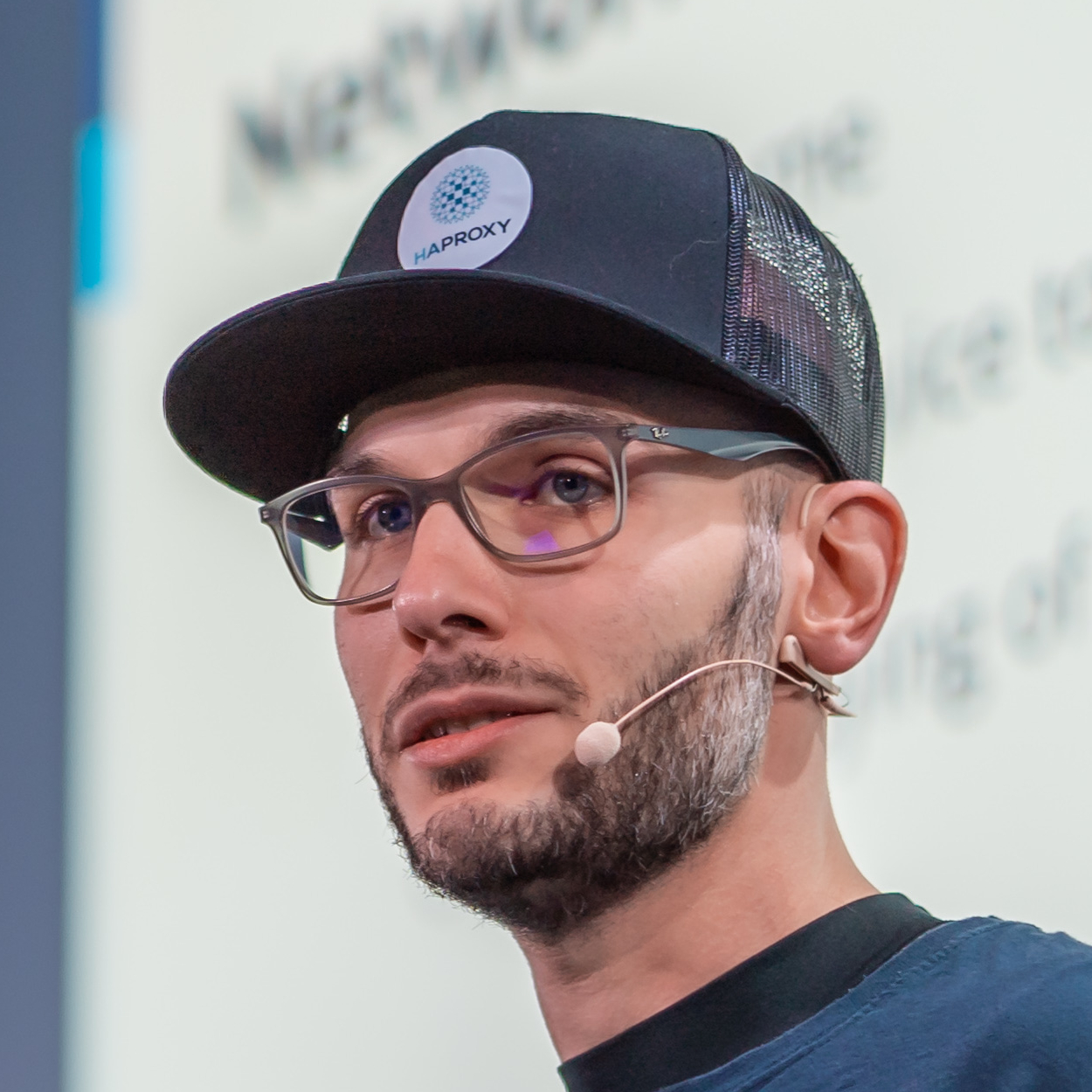Why NVIDIA Chose Kamaji for the DOCA Platform
In recent years, NVIDIA has become a major force not just in graphics and AI, but also in transforming the data center. With its BlueField Data Processing Units (DPUs) and the DOCA software framework, NVIDIA is redefining the architecture of modern infrastructure


By integrating Kamaji as a Kubernetes control plane solution into DOCA, NVIDIA is pushing the network transformation even further by offering a more efficient, resilient, and scalable way to run Kubernetes clusters, especially on ARM-based, high-performance edge environments.
In this post, we’ll break down:
What BlueField DPUs and DOCA are,
Why Kubernetes control planes have historically been a bottleneck,
How Kamaji changes the game,
And why this collaboration makes perfect sense in today’s data-driven world.
What is BlueField? Unpacking the Data Processing Unit (DPU)
To understand this move, you first need to understand the BlueField architecture.
A BlueField DPU is a specialised chip designed to offload infrastructure workloads from the host CPU. It combines:
Multicore ARM processors
High-speed network interfaces
Hardware acceleration for storage, security, and networking
Think of it as a data centre-on-a-chip that sits on your NIC (network interface card), freeing up valuable CPU resources and providing dedicated processing for I/O-intensive tasks.
BlueField DPUs are crucial in cloud-native infrastructure, especially where network performance, security isolation, and efficient resource usage are key.
What is DOCA? NVIDIA’s Programming Framework for DPUs
DOCA (Data Center Infrastructure-on-a-Chip Architecture) is NVIDIA’s software platform built to leverage the BlueField hardware. It provides APIs, libraries, and SDKs to develop and deploy applications directly on the DPU—without interfering with the host workload.
With DOCA, developers can:
Create network and security services on the DPU
Run agents for observability, monitoring, and policy enforcement
Take full advantage of DPF, where Kamaji plays a critical role
The Challenge: Kubernetes Control Planes are Heavyweight
Kubernetes is the default orchestration engine for modern infrastructure, but it comes with a catch: the control plane is complex and resource-hungry.
The control plane includes components like:
kube-apiserveretcdkube-schedulerkube-controller-manager
Traditionally, these must be hosted on powerful and resilient machines because if your control plane goes down, your whole cluster becomes unmanageable.
In edge environments or in scenarios with dozens or hundreds of clusters, this multiplies the operational overhead and cost.
Enter Kamaji: Lightweight, Scalable Kubernetes Control Planes
Kamaji, developed by CLASTIX, has already shown the world its super capabilities by attracting adopters looking for a massive scale and offering a managed Kubernetes service, such as OVHcloud, Rackspace, IONOS, and many others: it's disruptive yet simple approach of rethinking Kubernetes by running Kubernetes control planes as pods within a centralized management cluster received a worldwide recognizion emerging as a trending technology and inspiring other organizations in offering the same solution, such as Red Hat, IBM, Mirantis, and many others.
Here’s what Kamaji brings to the table:
Multi-tenant support: Host hundreds of control planes inside a single Kubernetes cluster
Shared infrastructure: All control planes run on a shared etcd and shared cluster resources
ARM-compatible: Designed to work on ARM architectures—ideal for BlueField DPUs
Highly resilient and cost-effective: No need for separate VMs or bare-metal nodes for each control plane
Kamaji’s architecture is tailor-made for DPU-powered environments where efficiency, density, and resilience are priorities.
Why Kamaji on DOCA is a Perfect Match
In NVIDIA's DOCA Platform Framework (DPF), Kamaji plays a pivotal role in managing Kubernetes control planes used by DPU instances.
Understanding the Architecture
The DPF employs a dual-cluster architecture:
Host Cluster: This is where Kamaji resides. It manages the lifecycle of Kubernetes control planes for DPU clusters by running control plane components as pods.
DPU Cluster: Comprises the BlueField DPUs, which run workloads and services.
When a new DPUCluster is created, the DPF's Kamaji Cluster Manager in the host cluster provisions a corresponding TenantControlPlane using Kamaji. This setup includes deploying control plane components like etcd and kube-apiserver as pods within the host cluster.
Benefits of This Integration
Resource-Efficient: Centralized control planes mean you don’t need heavy infrastructure to manage each cluster.
Scalable: Kamaji’s pod-based architecture can handle hundreds of control planes with ease.
Resilient and Reliable: Designed for production-grade workloads, with multi-tenancy and HA in mind.
ARM-Compatible: Fully capable of managing ARM-based BlueField environments without friction.
Secure & Observable: Integration with DOCA’s security and monitoring stack makes for a tightly managed system.
This integration empowers data centers to deploy and manage high-performance, ARM-based DPU clusters with ease, leveraging Kamaji's hosted control plane model to achieve resilience, scalability, and operational efficiency.
Why Kamaji + Clastix is the Smartest Bet
While other vendors are beginning to support DOCA Platform Framework (DPF), none come close to the deep expertise and day-to-day operational knowledge that the original authors of Kamaji bring to the table. If you're serious about deploying production-grade DPF-powered environment, there's no better partner than CLASTIX.
👉 Book a meeting with Adriano Pezzuto, CEO of CLASTIX, to discover how your organization can adopt Kamaji for DOCA with enterprise-grade support, performance, and peace of mind.
What’s Next?
In our next blog post, we’ll walk you through:
How to install DOCA Platform Framework (DPF) with Clastix’s Enterprise Offering, including step-by-step instructions, best practices, and advanced deployment strategies.
Stay tuned!